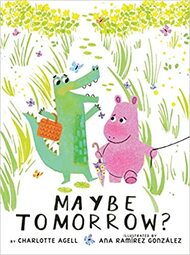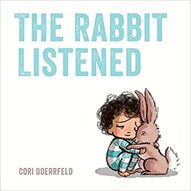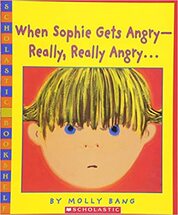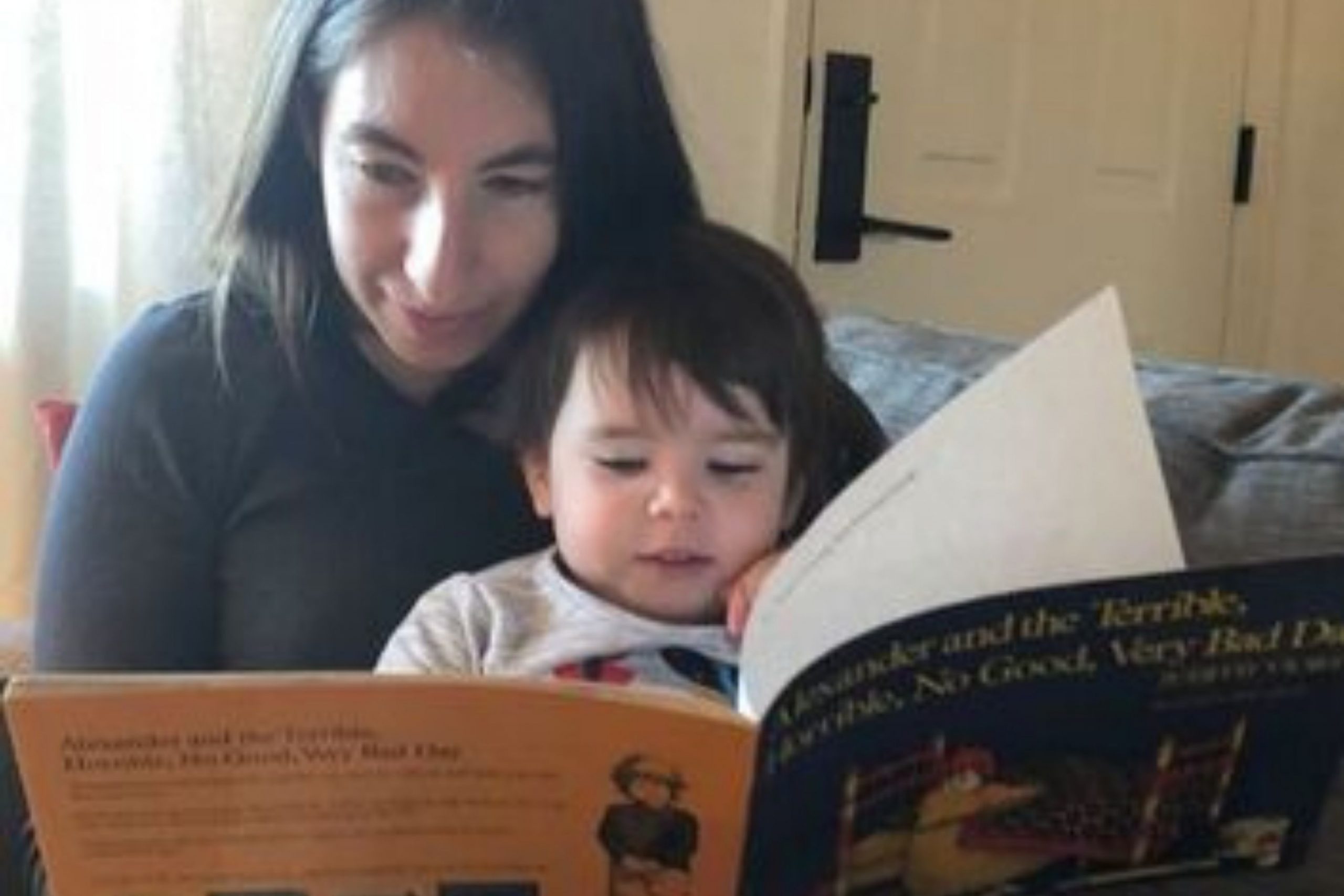Reading Through those Terrible, Horrible, No Good, Very Bad Days
Books for little kids with big feelings.
During the past year, I have spent hours snuggling in next to my toddler and turning the pages of a familiar book. Being transported to lands outside of our little bubble is a treat on these days of going mostly nowhere. We can be sneaky monsters, mama and baby bats, or tiny mice on a big adventure. Books remind us that life carries on, stories are eternal, and feelings remain universal — even, or especially, in times of unrest. Books have also given my husband and me the vocabulary and the opportunity to talk with our daughter (and each other!) about difficult topics like strong emotions and feelings.
It is no easy task. I am a writer and a trained mental health professional. And yet, as I watched as hate embroiled our nation’s Capitol, I struggled to find the words to describe my feelings. We tried to shelter our daughter from the news, but I figured that a 2-year-old, already surprisingly observant and demonstratively emotional, must be processing it all somehow. Little kids are smart, my therapist told me, and they will pick up on it if we are pretending to be OK. She repeated something I have heard a lot recently, which is that it’s OK to let your child see you be sad or angry or frustrated from time to time. Own it, describe it and show them that you will be OK again. This gives kids the words to begin to process and describe their own emotions as well.
Books, and some television shows like Daniel Tiger, also give caregivers that safe space to explore strong emotions and help us get used to them. Lately, I have overheard my daughter singing to herself as she takes a nap: “Little by little, we all feel better again!” from Daniel Tiger. It makes my heart swell. Empowering her with the ability to talk about her feelings inspires me to do the same.
The other day, my daughter looked over at me while she was eating snack and said, “Mama looks worried.”
“Yes,” I said, taking a deep breath, “I am. But I’m going to be OK.”

The Rabbit Listened
by Cori Doerrfeld
(Dial Books for Young Readers, 2018).
In this sweet book, Taylor builds something very special … and then it comes crashing down. Animal after animal arrive to help — the chicken wants to talk, the bear wants to shout, the elephant wants to remember, but Taylor does not feel like doing any of those things, and the animals leave.
Then rabbit comes and, well, listens. She listens while Taylor talks and shouts and remembers. Just as in Maybe Tomorrow? the message of The Rabbit Listened is that just being there for a friend during a hard time is often all that is needed. I have thought about this book frequently since I read it with my daughter — when my husband is missing his parents whom we have not seen in a year, or when my daughter wants everything her little (and only) playmate plays with. It is a good reminder that they probably mostly need a hug and an “I’m sorry.” Empathy — not planning, not fixing, not talking — can go a long way in healing.

Maybe Tomorrow?
by Charlotte Agell
Illustrated by Ana Ramírez González (Scholastic Press, 2019).
Be prepared with your tissues for Maybe Tomorrow? an endearing and moving story of sadness, loss and grief. Gorgeous, mixed-media watercolor paintings by Ramírez González (who created art for Pixar’s Coco) help show how the light gets in during dark times.
Elba, a purple hippopotamus, has a very heavy, very big block she has been carrying around for a very long time. It makes her “walk slowly” and “think darkly.” Norris, on the other hand, is a spritely alligator always surrounded by a cloud of butterflies. Norris does not pester Elba with constant positivity. Instead, Norris is just there for his friend, and most importantly, he keeps coming back. Norris helps Elba carry her block until, gradually, little by little, Elba’s block starts to shrink. This is a beautiful book for our current time of social isolation, as our children (and we, too) are distanced from friends, family, and loved ones — some of us even grieving lives lost. It helps kids and adults alike remember that sometimes being there and sharing in another person’s sadness is enough to stem the tide of darkness just enough to see the light.

When Sophie Gets Angry — Really, Really Angry
by Molly Bang
(Scholastic Bookshelf, 1999).
It is tough to choose between this Caldecott Honor-wining book and another classic children’s book about anger, Alexander and the Terrible, Horrible, No Good, Very Bad Day by Judith Viorst (Scholastic, 1972).
My daughter delighted in that book and made me read it to her five times in one day. She also told me that it is “her most favorite new book.” I have to admit that it is adorable to hear a 2-year-old say, “terrible, horrible, no good, very bad day.” It’s true that some days are just like Alexander’s: when nothing at all goes right, and what you really need is finally to crawl into bed at the end of the day. “Some days are just like that,” Alexander’s mom says. No kidding.
What I love about Sophie, however, is that Bang’s gorgeous book comes full circle. Sophie is angry; Sophie deals with it; Sophie feels better. Bang illustrates Sophie’s anger as a volcano about to explode and a large red roar that blows her dolls and toys away. It gave me an opportunity to ask my daughter what she does when she gets angry and to come up with ideas together about what else she could do. Sophie runs and runs and runs. Sophie cries. She notices the forest around her and the sea. She finds a tree. She listens. She returns home and everyone is happy to see her. Going outside, running very fast, feeling the sun, hearing the birds — these are all helpful resets for our children and for ourselves as well.
All of these titles can be found at your local library, any of our fine local independent bookstores, or at bookshop.org.


